- Home
- Rabbit Trapping
- Facts About Rabbits
Facts About Rabbits
This post may contain affiliate links so I earn a commission.
If you're looking for some fun and interesting facts about rabbits you've come to the right place!
Whether you're thinking about raising a pet rabbit, 4-H show rabbit or you simply have a problem with bunnies destroying your garden, understanding some basic information is important.
Since rabbits have been studied for generations, we have a pretty good understanding of their behavior, lifestyle and overall needs.
A majority of this information is well known.
For example, just by watching cartoons we know rabbits love to eat vegetables, hop around and explore the landscape.
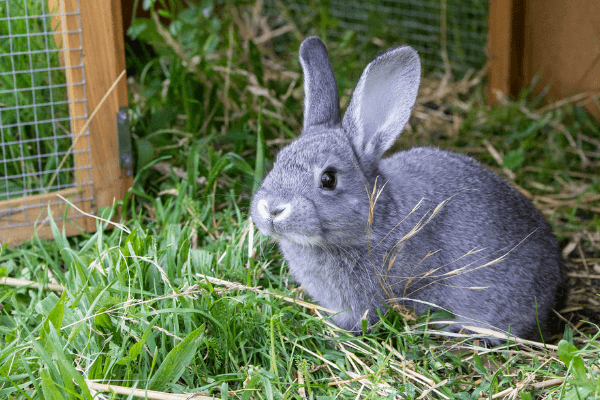
As the mascot of Easter, rabbits receive a lot of attention.
Since they're available in many different shapes and sizes, rabbits are often very unique in their appearance.
In fact, there's such a huge selection of rabbit breeds and colors it's sometimes hard to choose which one you like the best.
However, lets look past the common information and dig a little deeper into some rabbit facts you might not already know!
Facts About Rabbits - Lifespan
Rabbits are interesting animals belonging to the Lagomorpha family, not the rodent family.
The difference is Lagomorphs have four incisors and are vegetarian compared to the two incisors and omnivore diet of rodents.
Female rabbits are called does and males are known as bucks.
Their offspring while young are called kits in a litter and most species live in groups called Warrens.
After a gestation period of 20-31 days rabbits are born hairless and are usually only fed for 5 minutes twice a day.
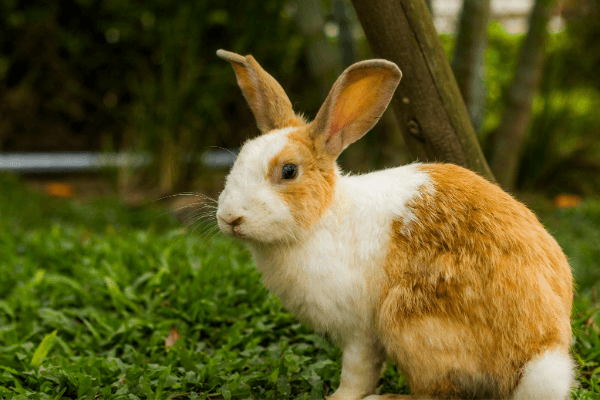
Rabbits reach maturity at 2-4 months at which time they can begin conceiving their own kits.
The size of the litter varies on the species and they typically have between 3-5 litters a year.
Rabbits range in weight from 2-20 pounds depending on the species and the breed, however, the largest domesticated rabbit reached a weight of 50 pounds!
Rabbits are prey animals to many carnivorous mammals and birds.
With so many predators, rabbits have developed keen senses and have frequent births to help prevent extinction.
Facts About Rabbits - Body And Senses
The shape of a rabbits head and eye placement allows rabbits to see in nearly every direction except for one small blind spot located directly in front of them.
Rabbits see very well at night and use their vision to pick up movement in case it's a potential threat.
Rabbits also have a great sense of hearing.
They use their long wide ears to pick up various sounds.
They have the ability to determine their environment by listening to wavelengths bounce off of items.
In fact, a rabbit can typically hear things from up to 2 miles away!
Sneaking up on a rabbit is incredibly hard to do and rabbits are very responsive to your voice.
I could call my Rex rabbit and she would come running to me like a dog in excitement for treats.
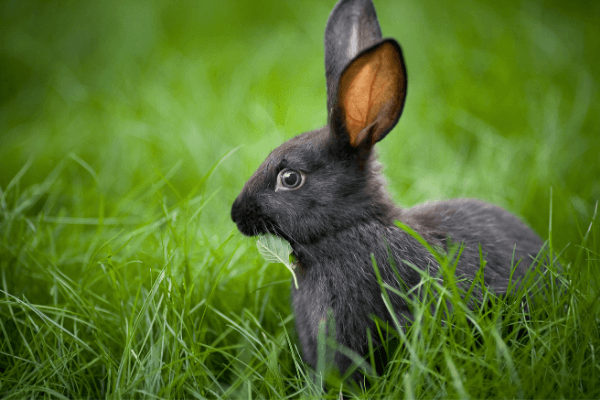
Rabbits also have a good sense of smell and continually use scent to mark their territory and communicate with other rabbits.
When raising a pet rabbit they tend to rub their chin on everything, including you, leaving behind their scent to show ownership.
Their taste buds allow them to distinguish whether a plant is poisonous and they enjoy a variety of tastes such as sweet, bitter and salty.
Each rabbit has their own preferences to flavors of foods and domesticated rabbits in particular can be picky eaters.
My Rex would refuse to eat pellet food, preferring most rabbit approved vegetables and fruit.
If a rabbit doesn't like the flavor of something they will make it well known, usually by shoving the item of food away with vigor and shaking their heads at the bad taste.
A rabbits lithe body shape is made for speed and stamina to escape the clutches of a predator.
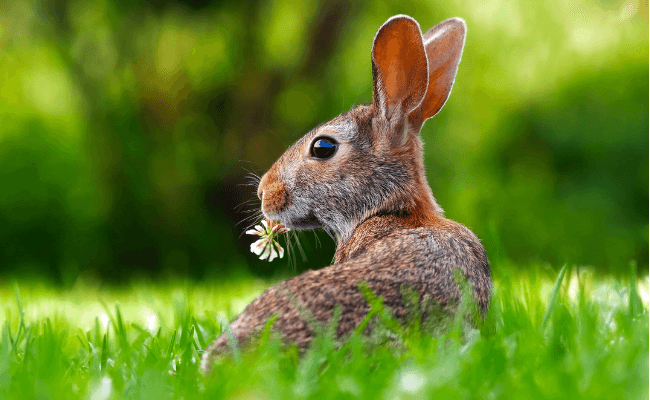
They are especially prone to zig zag when they run as a way to confuse their predator.
Domestic rabbits will sometimes play by chasing each other around their provided space.
Rabbit's incisors are constantly growing, requiring them to constantly gnaw at anything provided....usually wood.
Owning a pet rabbit and keeping it indoors was an exhausting endeavor.
Here's some advice. Keep their enclosure away from walls and furniture!
I remember the frustration of finding a hole in ceramic pots that were located too close to the rabbit's reach.
Not to mention the chew marks in the furniture that would show up when I had my back turned during their playtime.
Facts About Rabbits In Modern Society
Domestic rabbits are bred as show animals, pets, test animals or for food and have become deeply ingrained in many societies.
For show purposes, rabbits are bred to achieve a desired look or appearance.
Rabbit shows are very strict about their contestants meeting the criteria for the selected breed.
Rabbits are commonly used as test animals for cosmetics, however, there has been a large wave of protest to this practice and many companies are opting out of animal testing.
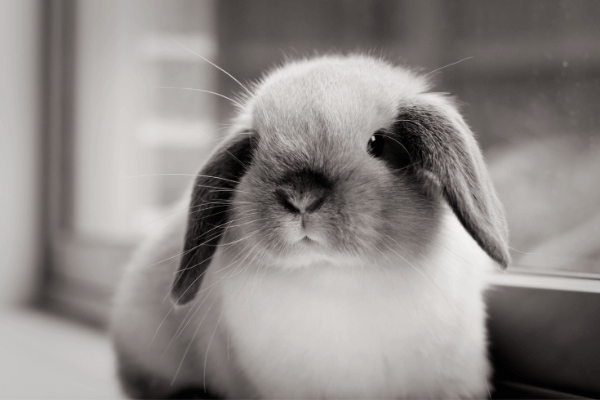
A majority of rabbits are raised specifically for food.
Their delicious white meat is cheep and easy to raise and their leftover pelts can be sold in the fur trade.
While most of us love wild rabbits, many rabbits are viewed as pests in the agricultural world since wild rabbits destroy crops and ruin farmland with burrows.
Farmers spend a great deal of money each year protecting their crops by using rabbit repellants or on extermination.
Overall - Facts About Rabbits
Overall, there are more unique facts about rabbits than most people realize.
Whether you view a rabbit as a friend or a foe, their unique behavior, curiosity and lifestyle is enough to capture anyones attention.



